The future of our planet and its inhabitants rests on the health of our water bodies. As climate change and human activity threaten the state of our lakes, rivers, streams, and oceans, temperature profiling provides us with a powerful tool to gain valuable insights and reduce the risks associated with these life-sustaining resources. In this blog, we’ll discuss a few uses of temperature profiling in aquatic environments, including how it can be leveraged to help us monitor and safeguard our waterways for future generations. Although this list is not exhaustive, we will explore some of the ways temperature monitoring can assist us in achieving this goal.
Climate change impacts on fish habitats
Temperature monitoring is essential for understanding the impacts of climate change on fish habitats. As temperatures rise, fish are forced to migrate to cooler waters, often leading to higher levels of stress, disease, and mortality. By monitoring the temperature of rivers and streams, researchers can identify areas of concern and develop strategies to help mitigate the effects on fish habitats. Temperature data of stream environments also provides invaluable information for conservation efforts, as it can help inform targeted strategies to protect endangered species and restore habitats. For instance, the U.S. Fish and Wildlife Service has been undertaking a multi-year live stream temperature monitoring project in Alaska’s watersheds, to better understand how thermal conditions may influence salmonid distribution and abundance. This project has enabled them to collaborate with federal, state, and watershed communities to develop strategies to protect cold water habitats1.
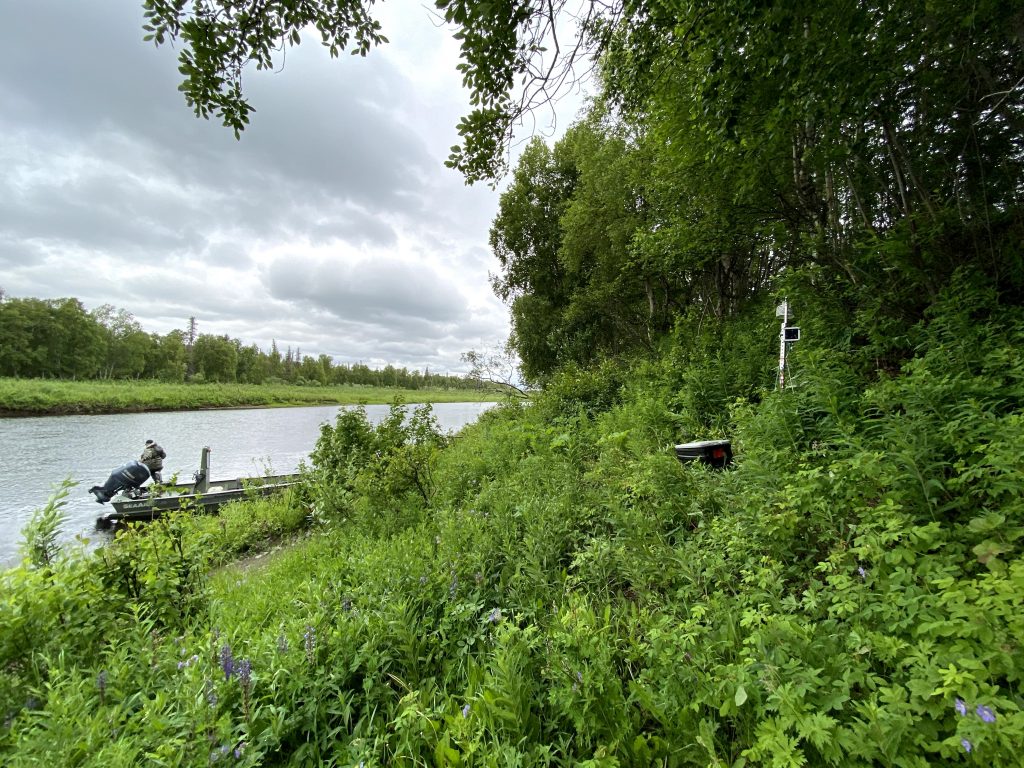
Algal bloom monitoring
An algal bloom is an excessive growth of microscopic algae in water, which can be triggered by environmental conditions. Red tides, a specific type of algae bloom, are caused by toxin-producing algae, and can lead to devastating consequences such as fish kills, shellfish poisoning, and respiratory irritation in humans. Temperature plays a critical role in algal blooms, and recent studies have proven that when temperatures rise to higher than normal levels, algal blooms can occur and have serious consequences on water quality, aquatic life, and human health2. By monitoring the surface and subsurface temperature of a water body, it is possible to identify when algae blooms are likely to occur and allow for early intervention. Temperature profiling can also provide information about the seasonal variation in water temperature and help to identify any changes in the local environment that could influence the growth of algal blooms. For example, recent studies have shown that warmer ocean temperatures can lead to increased algal bloom formation, and that higher nutrient concentrations in the water can lead to more frequent and intense blooms3. With this information, preventive measures, such as reducing nutrient input into the water, can be taken to reduce the risk of algae blooms.
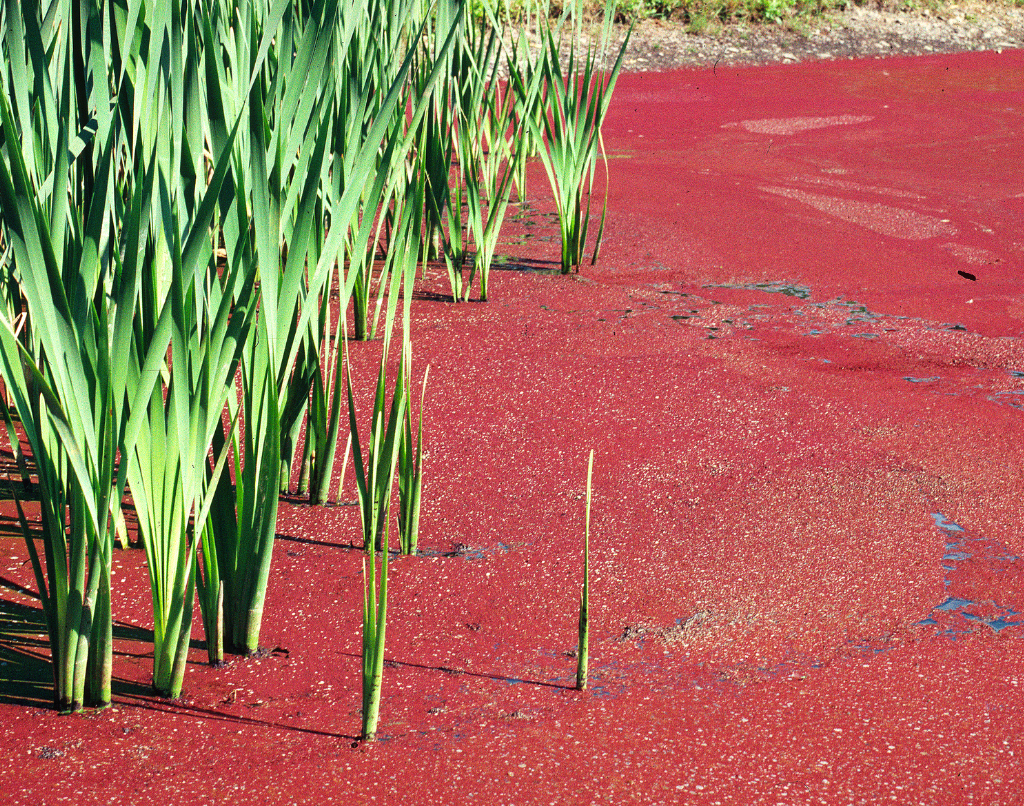
Lake turnover monitoring
Understanding the thermal dynamics of lakes is another benefit of temperature profiling. The process involves measuring temperature at different depths of a lake, which helps to determine the various layers of water with different temperatures. To fully grasp the complex dynamics of a lake’s thermal structure, it is necessary to monitor the lake’s temperature continuously over time. This real-time monitoring provides crucial data that helps scientists observe changes in the lake’s temperature patterns, including changes that occur on a daily, seasonal, and yearly basis. By analyzing temperature profiles, scientists can gain insights into the stratification and mixing patterns of a lake. This information is crucial in identifying and understanding the occurrence of lake turnover, which is the process of the top layer of the lake water mixing with the bottom layer. Lake turnover is significant in the distribution of nutrients and oxygen throughout the lake, affecting the survival of aquatic organisms. Therefore, temperature monitoring is a critical tool for researchers and managers in understanding and managing lake ecosystems4.
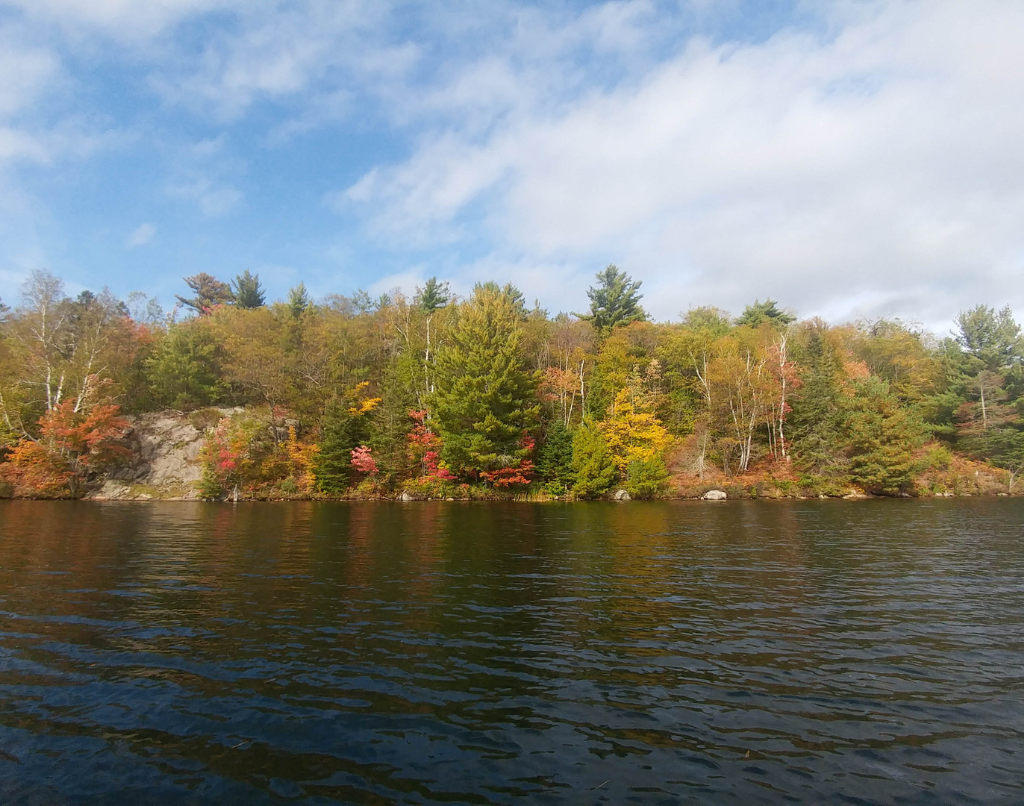
River ice build up and thaw monitoring
Temperature monitoring stations are essential for tracking the build-up and thaw of ice in rivers, providing insight into the rate at which these processes occur. This data is indispensable for making informed decisions about the potential for flooding and other hazards created by ice jams. Ice jams occur when ice blocks the flow of water in a river, resulting in overflows onto shorelines which can cause damage to property and infrastructure5.
Real-time temperature data helps in improving the accuracy and speed of flood warnings. This can help authorities to more accurately determine when and where flooding is likely to occur, and plan appropriate and timely responses and mitigation strategies. This could help limit the damage caused by floods, and minimize the disruption to communities. Overall, temperature monitoring is a critical tool for managing riverine environments and preventing ice-related hazards.
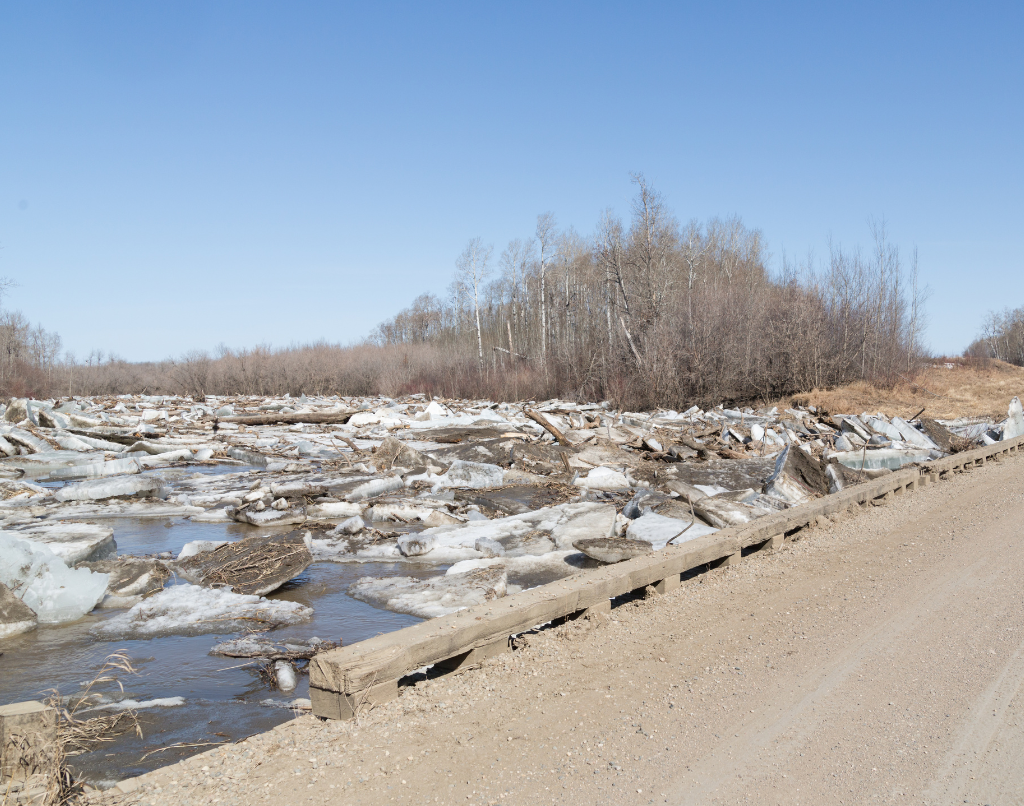
Industrial impacts on nearby waterways
Temperature monitoring is an important environmental monitoring tool that can help to identify industrial effluents or other impacts on nearby waterways. Temperature changes can indicate the presence of pollutants, as certain industrial activities can cause an increase or decrease in the water temperature6. Therefore, monitoring the temperatures of waterways can help detect any abnormal changes that could indicate an industrial influence on the aquatic environment, allowing stakeholders to take steps to preserve water quality.
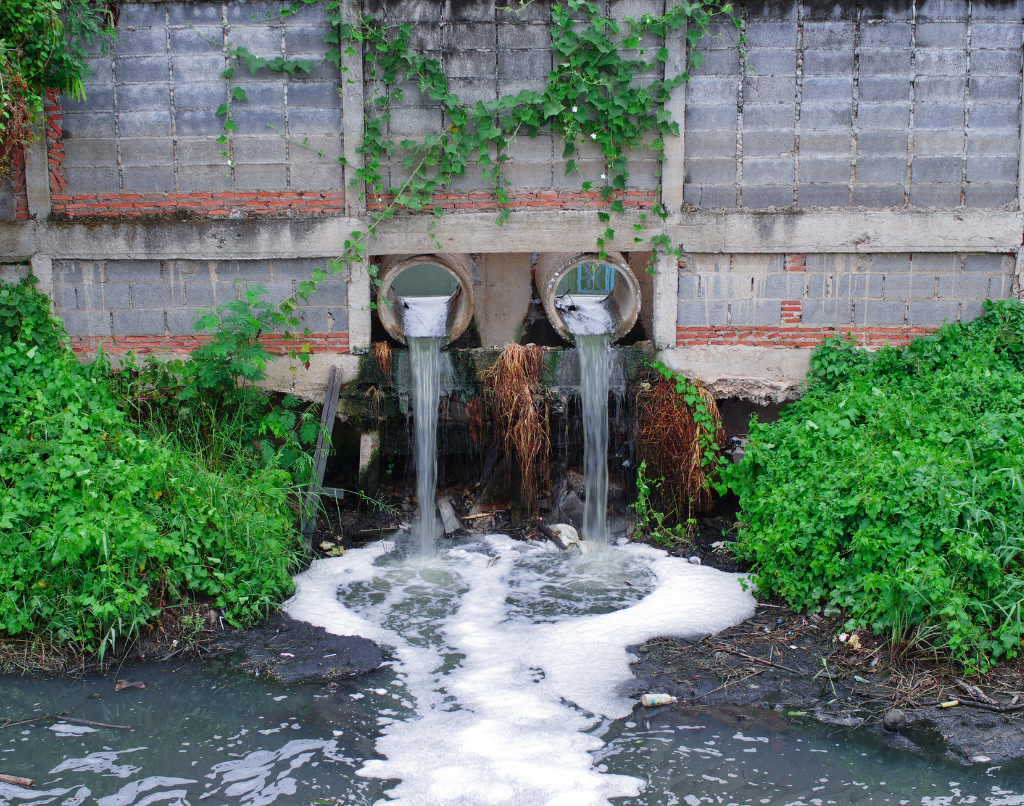
Beaver dam impacts on permafrost terrain
As temperatures continue to rise, many species are being forced to migrate to cooler climates. One of these species is the beaver, which is making its way further north due to climate change. Unfortunately, the thousands of ponds they are creating are flooding ancient permafrost, which, when thawed, can release harmful greenhouse gasses such as carbon and methane into the atmosphere. To better assess the environmental impact of beaver dams on the permafrost and to identify potential solutions, scientists and researchers can use temperature monitoring as a tool. This can provide valuable data on the rate of permafrost thaw in relation to beaver dams, which can inform future mitigation efforts7.

In a nutshell
In conclusion, temperature profiling is an essential element of monitoring water environments and understanding the impacts of climate change. By providing valuable data on temperature, it helps us to gain valuable insights into thermal dynamics of lakes, river ice build-up and thaw, fish habitats on surface water, beaver dam impacts on permafrost, and industrial influences on nearby waterways. Moreover, with its ability to provide real-time data, this technology is invaluable in helping researchers and governmental authorities in their efforts to preserve our aquatic resources and protect their health for future generations.
Digital temperature sensors and data loggers that transmit data to the cloud in real-time is an optimal and cost-efficient approach for monitoring the temperature of waterways. beadedstream’s temperature monitoring technology has been used by watershed communities, governments, and industrial companies in their temperature monitoring projects. This technology has allowed for improved accuracy, reliability, and cost-effectiveness in temperature monitoring, leading to better informed decision-making and more efficient resource management.
References:
1U.S. Fish and Wildlife Service. (n.d.)Live Stream Temperature Monitoring. Retrieved from: https://www.fws.gov/project/live-stream-temperature-monitoring
2National Oceanic and Atmospheric Administration. (n.d.). What is a harmful algal bloom?. Retrieved from: http://noaa.gov/what-is-harmful-algal-bloom#:~:text=Harmful%20algal%20blooms%2C%20or%20HABs,be%20debilitating%20or%20even%20fatal.
3U.S. Environmental Protection Agency. (2023, January). The Effects: Dead Zones and Harmful Algal Blooms. Retrieved from: https://www.epa.gov/nutrientpollution/effects-dead-zones-and-harmful-algal-blooms
4Fondriest Environmental Learning Center. (n.d.). Temperature Profiling in Lakes. Retrieved from: https://www.fondriest.com/environmental-measurements/environmental-monitoring-applications/temperature-profiling-in-lakes/
5National Weather Service. (n.d.). Ice Jams & Flooding. Retrieved from: https://www.weather.gov/media/dmx/Hydro/DMX_InfoSht_IceJamsAndFlooding.pdf
6Fondriest Environmental Learning Center. (n.d.). Water Temperature. Retrieved from: https://www.fondriest.com/environmental-measurements/parameters/water-quality/water-temperature/
7Young, R. and Hagan, A. (2020, September 22). The Unusual Connection Between Beavers, Permafrost And Climate Change. WBUR. Retrieved from: https://www.wbur.org/hereandnow/2020/09/22/beavers-permafrost-climate-change








